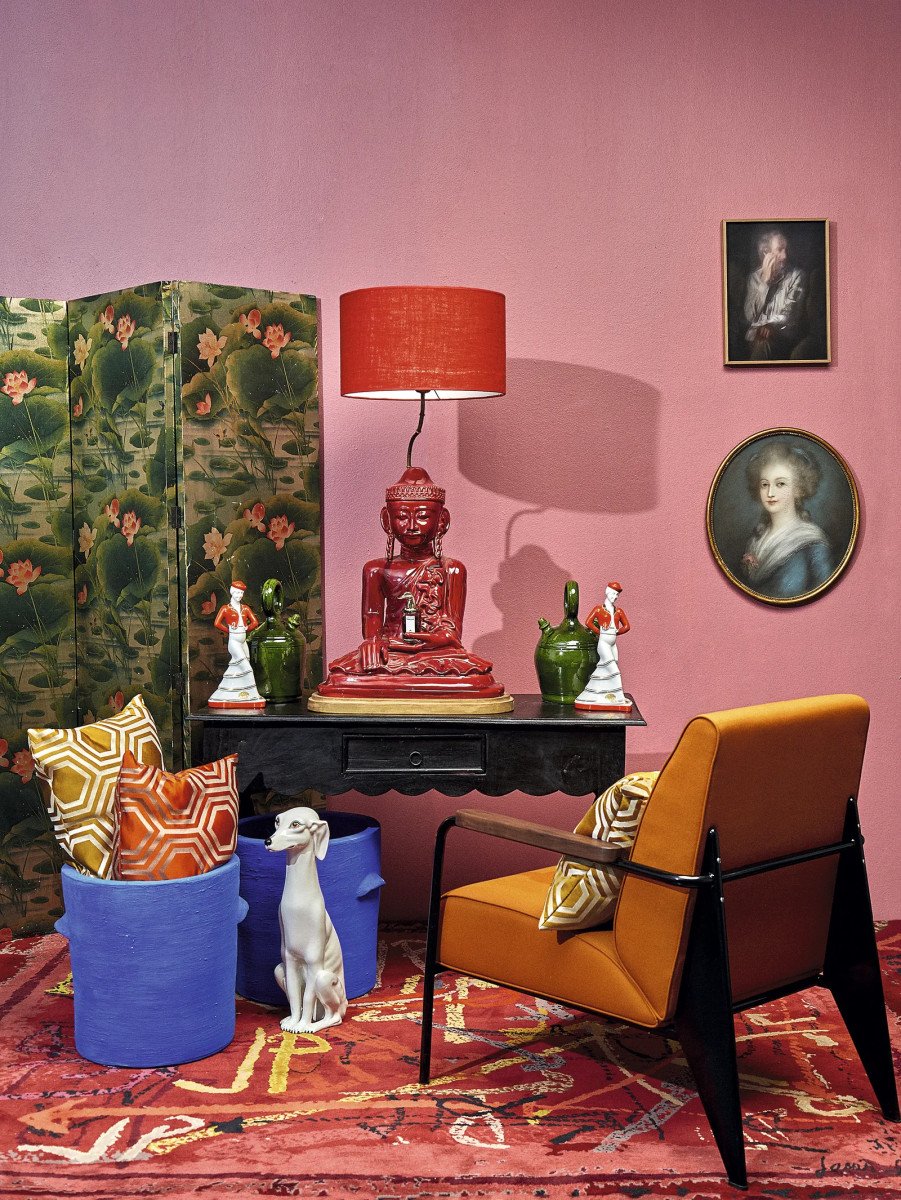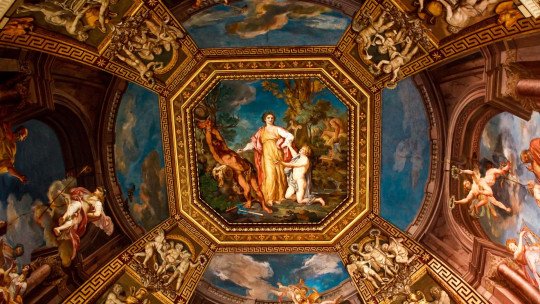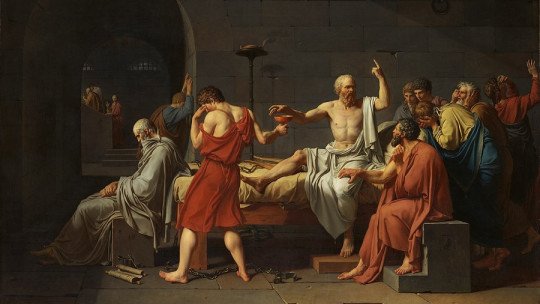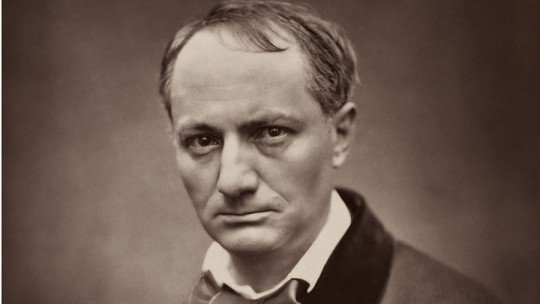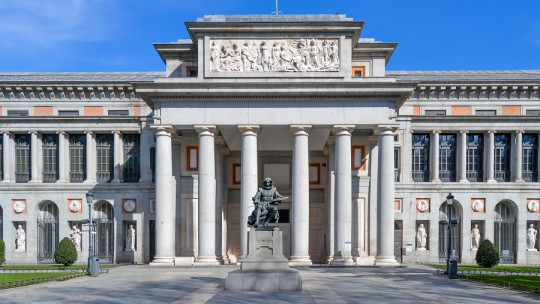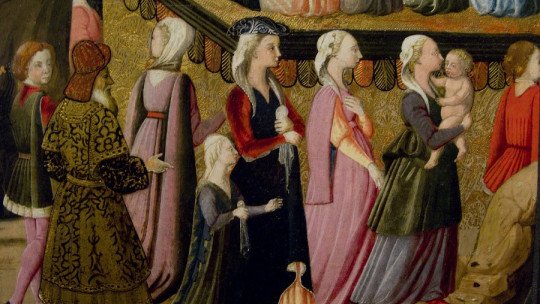
In the first decades of the 20th century, a large new population began to arrive in Los Angeles, California (USA), attracted by the nascent Hollywood. The construction of houses of impossible styles then proliferated, with which these “nouveau riche” of the film industry sought to emulate European aristocratic mansions. These houses, where baroque, modernism and neoclassicism were mixed, could perfectly be called kitsch houses.
The word, in fact, had emerged a few decades earlier, in the mid-19th century; specifically, in Munich, where the word kitsch began to refer to the “works of art” of dubious quality that the new bourgeoisie of the city bought. The name came from the German word kitschen, that is, “to make a botched job.”
Is this kitsch art? Are we only faced with a need to copy works of art with more or less success, and the result is products of dubious quality? Let’s see below what kitsch art is and what its characteristics are. Today we explain what so-called kitsch art consists of, one of the most popular styles.
Kitsch art versus popular art. They are the same?
One of the essential and indisputable characteristics of so-called kitsch art is its mass production. In this sense, it is similar to pop art, which aims to reach all homes through lower costs.
However, what makes us differentiate kitsch art from pop art? In truth, critics do not agree on the exact definition of the first term. Some maintain that, while pop art does not in any way aim to resemble “high art” (rather it seeks the opposite), kitsch art, on the other hand, originates from a fever of connection with art that is produces in high spheres. That is, According to this definition, kitsch art would be an attempt to emulate “high art” through much more modest means.
On the other hand, there is another definition of the term (actually, quite linked to the previous one) that includes among the characteristics of kitsch art a prevailing desire to appear of high quality and economic cost that, in reality, the piece lacks. In any case, kitsch art is produced en masse, at low cost and is intended for the popular sectors of society, who buy it either to emulate “cultured art”, or motivated by the love of vintage, of which We will talk later.
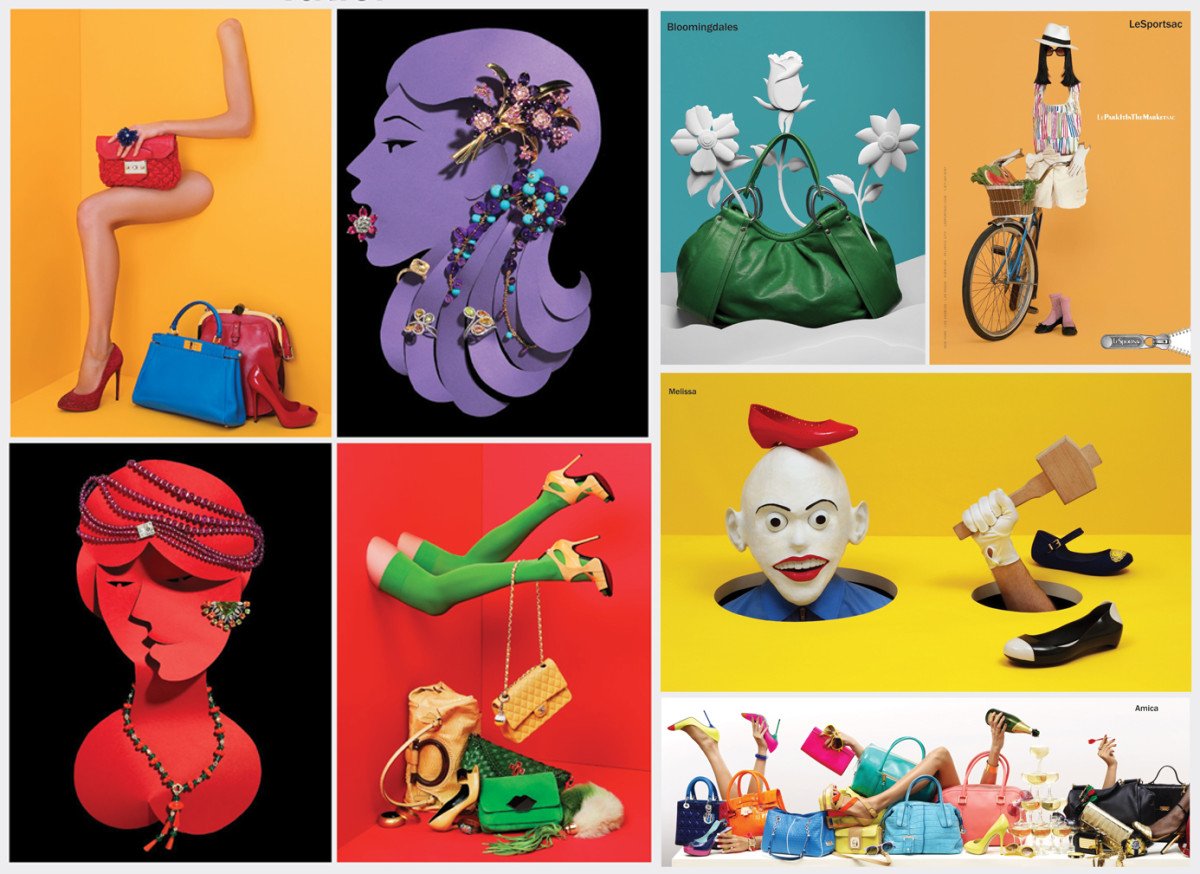
Kitsch art as art
In fact, one could even value the epithet “art” to refer to kitsch art. It depends on the vision we have of art, of course. If our conception of this encompasses only the great creations of great artists, then we could not call pop culture art either.
In any case, during the 20th century there were artists who claimed popular creation and elevated it to the category of art. And these are not mediocre artists, but we are talking about none other than Andy Warhol (1928-1987) and Salvador Dalí (1904-1989), among many others.
Warhol is a leading figure in pop art, whose series are especially coveted in today’s art market. For his part, Dalí, recognized as one of the greatest exponents of surrealism, did much in his artistic and life career to elevate the kitsch concept to the stage of art. Among other things, the painter designed numerous advertising materials for mass sales, among which it is necessary to highlight the design for the well-known Catalan brand Chupa-Chups.
So what are the characteristics of kitsch art?
We have seen how complicated it is to define the concept of kitsch, and how it varies depending on the perspective taken. Is this “bad” art? Of simply popular art? From an attempt to imitate the greats? Or maybe it’s not even art?
From imitation to nostalgia
If we go to the origin of the word (remember, botch in German) we would be talking about a type of “poorly made” art, of poor quality and with a small production budget that, in general, aims to emulate great artistic creations. Thus, we could include in kitsch art the numerous souvenirs, low-quality and small-format replicas of great works of art, such as the figurines of David or Michelangelo’s Pieta that are sold to tourists throughout Italy.
Kitsch art would, therefore, be any imitation of a work of art, whether it is a good execution or a rather mediocre finish. But let’s go further. Because kitsch art also includes a dose of nostalgia, which makes “artists” look to the past and take inspiration from it to create their works.
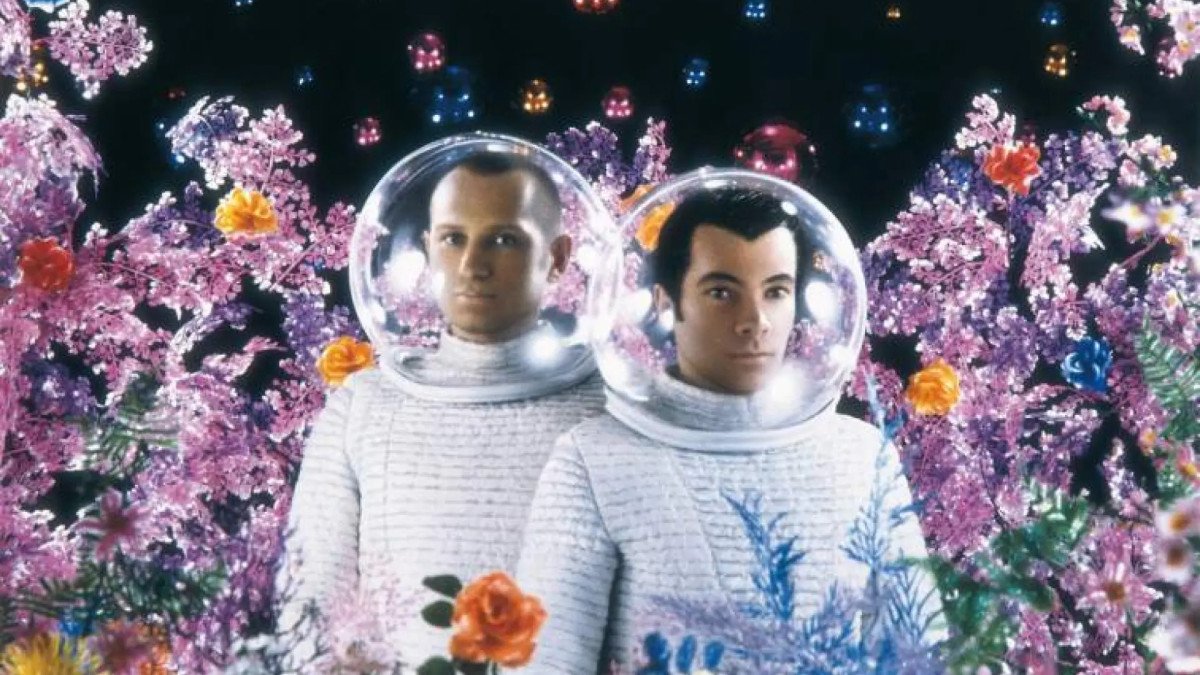
The Californian houses that are inspired by outdated European styles, mentioned in the introduction, are a magnificent example. Kitsch recovers antecedents that are no longer “in fashion” and reclaims them, perhaps with a note of exaggerated nostalgia that often makes them excessive and corny, to use an adjective very often related to kitsch art.
Again, the boundaries between the various concepts are blurred. Because, following this definition of “nostalgia” Could we not also call Art Noveau kitsch art, which fantasizes with Gothic and oriental forms and fuses them into buildings that seem taken from a story? Or, even why not call the Renaissance and Neoclassicism kitsch, whose nostalgic look at the Greek and Roman past is more than evident?
Between vintage and kitsch
Let it be noted that we do not use these words for our own pleasure, but rather they are epithets that are usually applied to kitsch art. About the vintage concept, it is clear: that nostalgic look at the past speaks for itself.
Various vintage objects (old record players, gramophones, grandmother’s curtains, sunglasses from the 1950s…) are taking great power in today’s fashion. The look towards the past (especially towards the 20th century) is now almost obsessive, and from this a collecting fever has been created that raises the cost of these objects to often exorbitant levels.

The vintage fever not only recovers authentic objects from the past era, but also allows new ones to be manufactured that imitate said style. It is impossible not to relate this to kitsch art and its desire to recover the artistic and popular expression of yesteryear.
However, kitsch art often has a kitschy charge that vintage does not have. Kitsch is often understood as tacky, something that seeks to emulate the past, but with dubious taste and, of course, with limited resources. It is also common to find the term nerdy or naive related to this style, which gives us an idea of what its reception has been in certain environments
So how could we define kitsch art?
There is no single definition that covers the nature of this current. While to some it may seem like a recovery of the glory of bygone times, to others it seems like a slap in the face to good taste. While many celebrities collect kitsch objects to give themselves a reputation for being modern (because, paradoxically, the passion for the old is something modern), others renounce it because they consider it to be of dubious taste and lower quality.
And, meanwhile, critics also do not agree on what is kitsch art and what is not. Perhaps over the years it will emerge more specifically what kitsch art is and, above all, what differentiates it from its cousins, pop art and vintage art.
